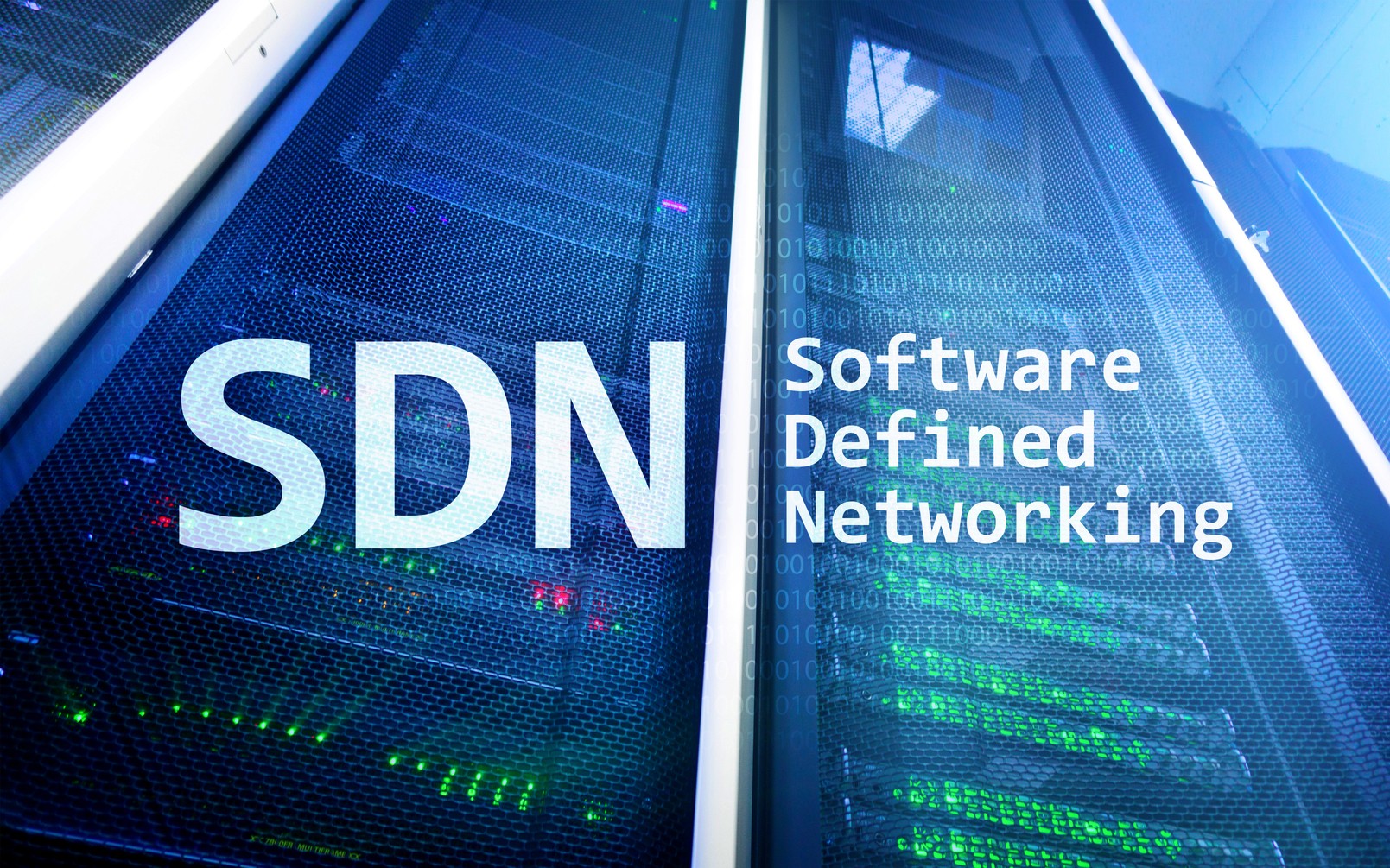
SDN
Today’s networks do not scale or perform well for the amount of virtualized servers and the volume of devices they must support. East-west traffic (server to server) accounts for 70-80% of all in-data center network traffic depending on the data center. The number of virtual machines requiring network resources is growing daily. The problem with today’s network architectures lies in the complexity needed to support a very different compute environment than a few years ago.
Software defined networking (SDN) promises to be the solution to the problem, as it is highly scalable, vendor independent and quickly configurable compared to switching architectures currently in use. Vendor independence is highly desirable in data centers. This is a bit counterintuitive to the vendors that have traditionally locked down their environments to create that dependency. Not only does an environment become dependent on a single vendor, but the human resources needed become very expensive as the environment gains complexity. In these environments, compute resource deployment can take days or weeks as various specialties are needed for deployment compared to an SDN deployment that typically takes hours at most. With SDN, networking infrastructures become a service comprised of controllers, data paths and northbound interfaces (NBIs) fully supported by rapidly configurable software.
Another advantage of SDN is the ability to reconfigure resources on the fly without having to physically relocate the assets. This means there is no need to decommission and recommission physical machines to reuse the asset for a different purpose. This feature further creates an easy environment for load balancing and combining various resources, as in a hybrid cloud through enhanced service provisioning. Imagine a data center that is planned and provisioned once. Servers don’t need to move to a new environment; rather they are assigned to their environment in an ad hoc basis.
In the middle east where Gartner expects device spending to grow 15.7% and data center systems to increase by 5.6% SDN can help tame the increasing number of devices and their associated bandwidth requirements in far shorter a time and for less costs than using traditional 3 Tier architectures in the data center.
With centralized controllers, the number of network devices required to support a data center decreases significantly, thereby freeing up capital for servers and other necessary purchases. This also means that the power requirements for networking decrease. This has vendors scrambling for their share of the SDN marketplace.

